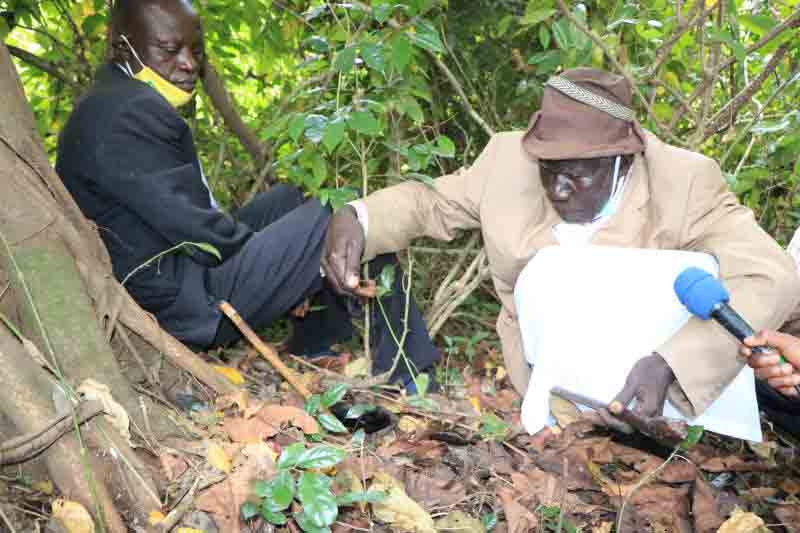×
The Standard e-Paper
Fearless, Trusted News

With the changing weather patterns, they claim to have the powers to traditionally 'call on rain' and even stop hailstones from destroying crops.
These are the Abasiekwe rainmakers who operate from a shrine at Esibila where Nganyi Hills are located in Luanda Sub County. The shrine is out of bounds to visitors unless the 'gods of the rains grant one permission'.